Have we stopped evolving?
Everyone who is alive today stems from one woman who lived in East Africa about 200,000 years ago. The researchers call her Eve, and her genetic material is still found in all our cells. Even though we have spread across the world, our genetic material is surprisingly similar. There are no clear genetic differences between people from different continents or different ethnic groups. There are actually much larger differences between different chimpanzees. Since we are so similar, some people wonder if we have actually stopped evolving.
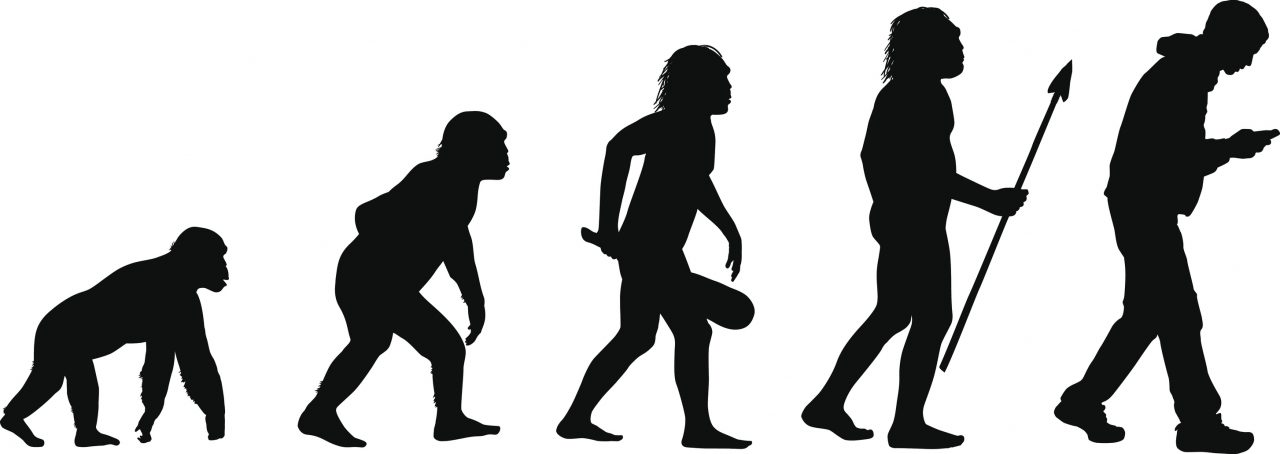
Menneskets evolusjon med et menneske med smarttelefon
Some traits are favoured
For evolution to take place, more individuals must be born than those who survive.The individuals must be different, and those differences must be genetic. The genetic traits are passed from parent to child. Some traits are better suited to the environment than others. Individuals with these traits have a greater chance of growing up and having children themselves, and these traits are then passed on to the next generation.
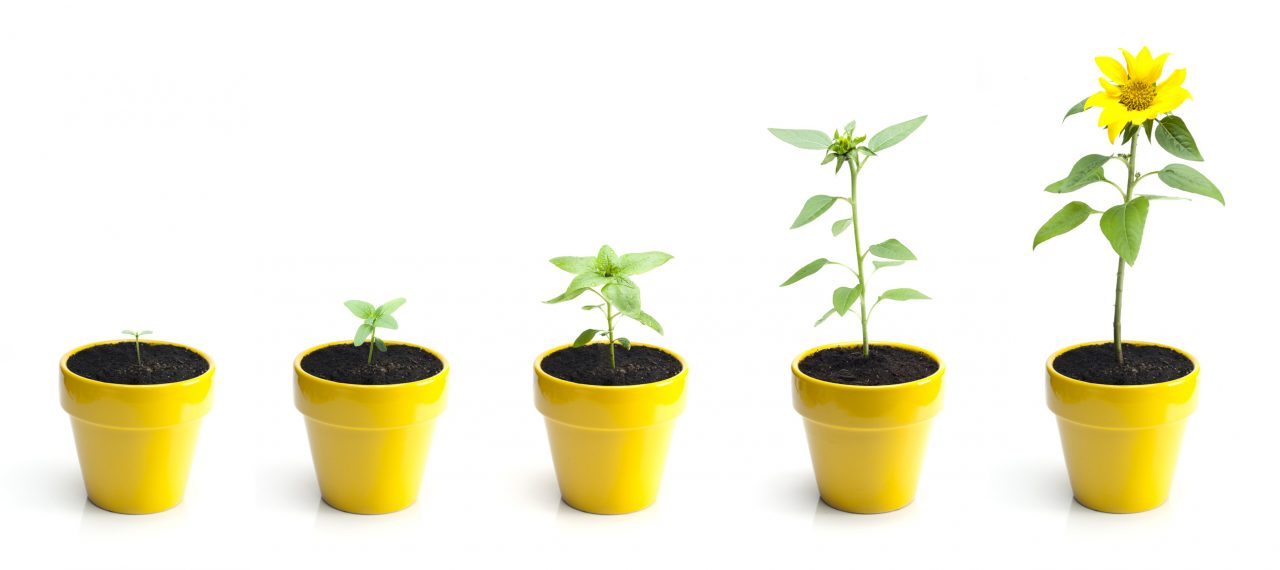
Prosessen av hvordan en solsikke blomstrer
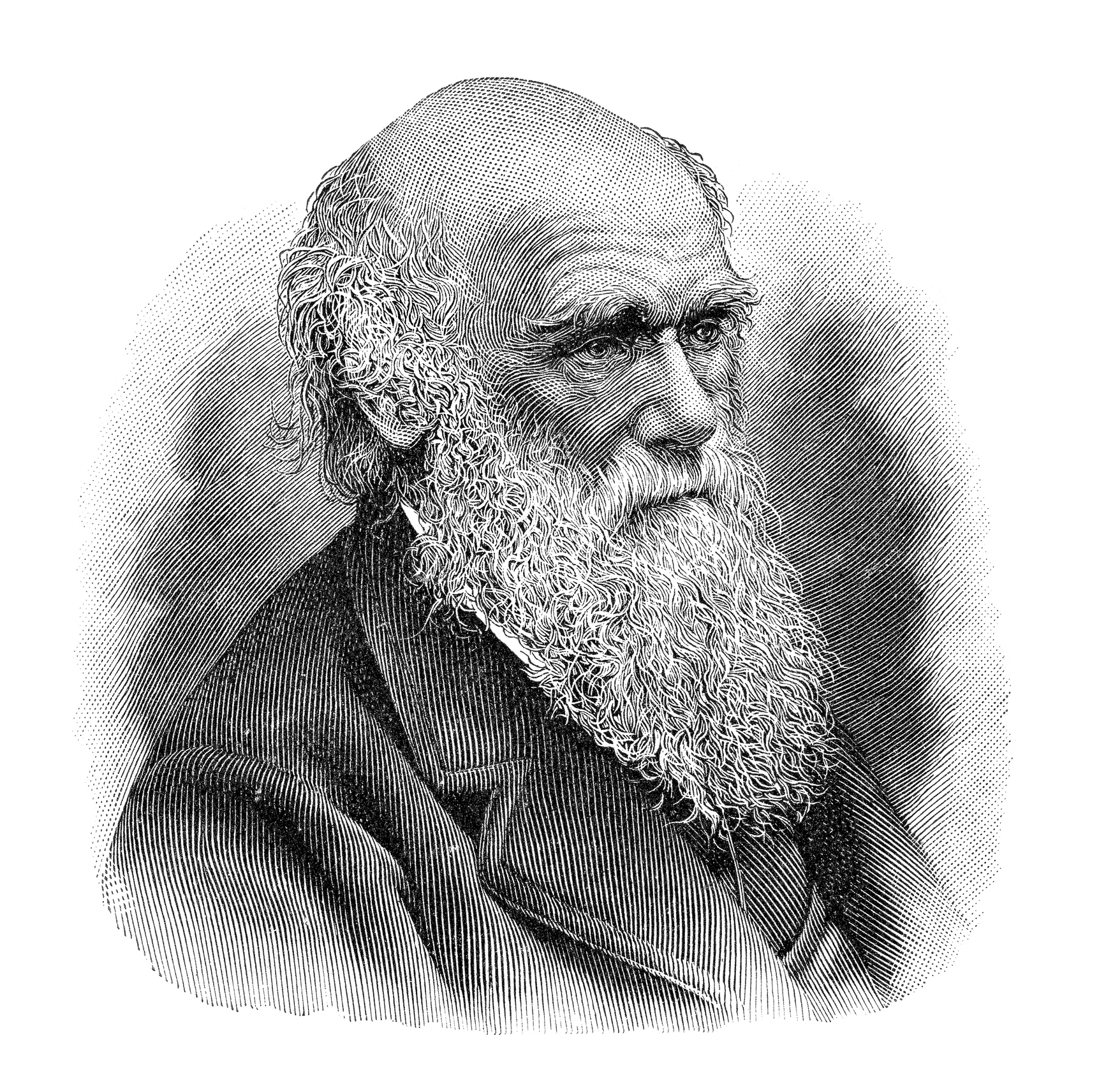
Charles Darwin illustrasjon
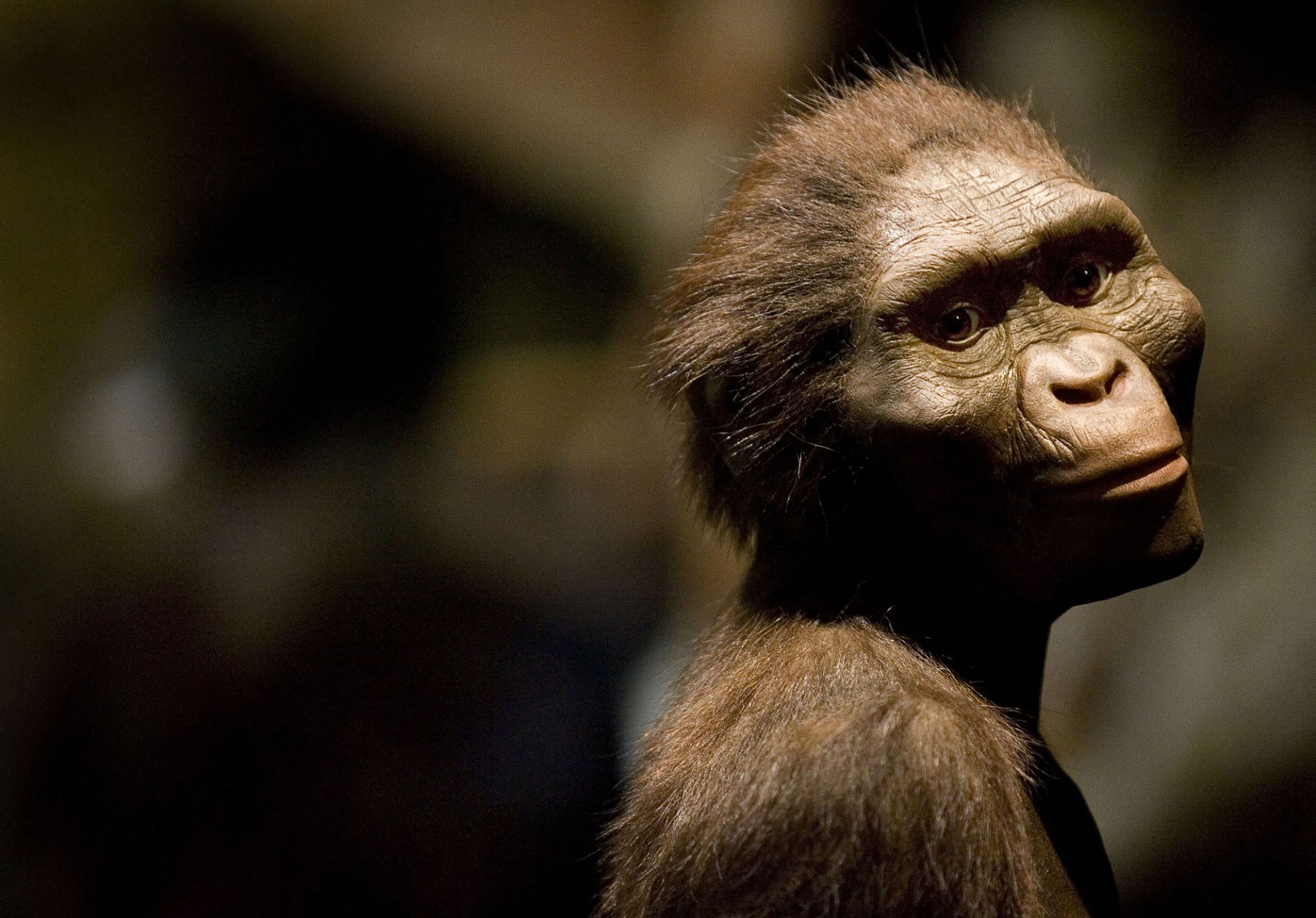
Ape, Lucy
The brain develops
Through reproduction, mutation and gene flow, humans eventually developed larger brains, smaller jaws and more advanced social groups. We tamed fire and invented tools, and as we became more intelligent, we changed our environment more and more. This changed everything. When farming started around 10,000 years ago, our history changed drastically and with it, our genes changed as well. Suddenly we had the ability to produce our own food, close to where we lived.
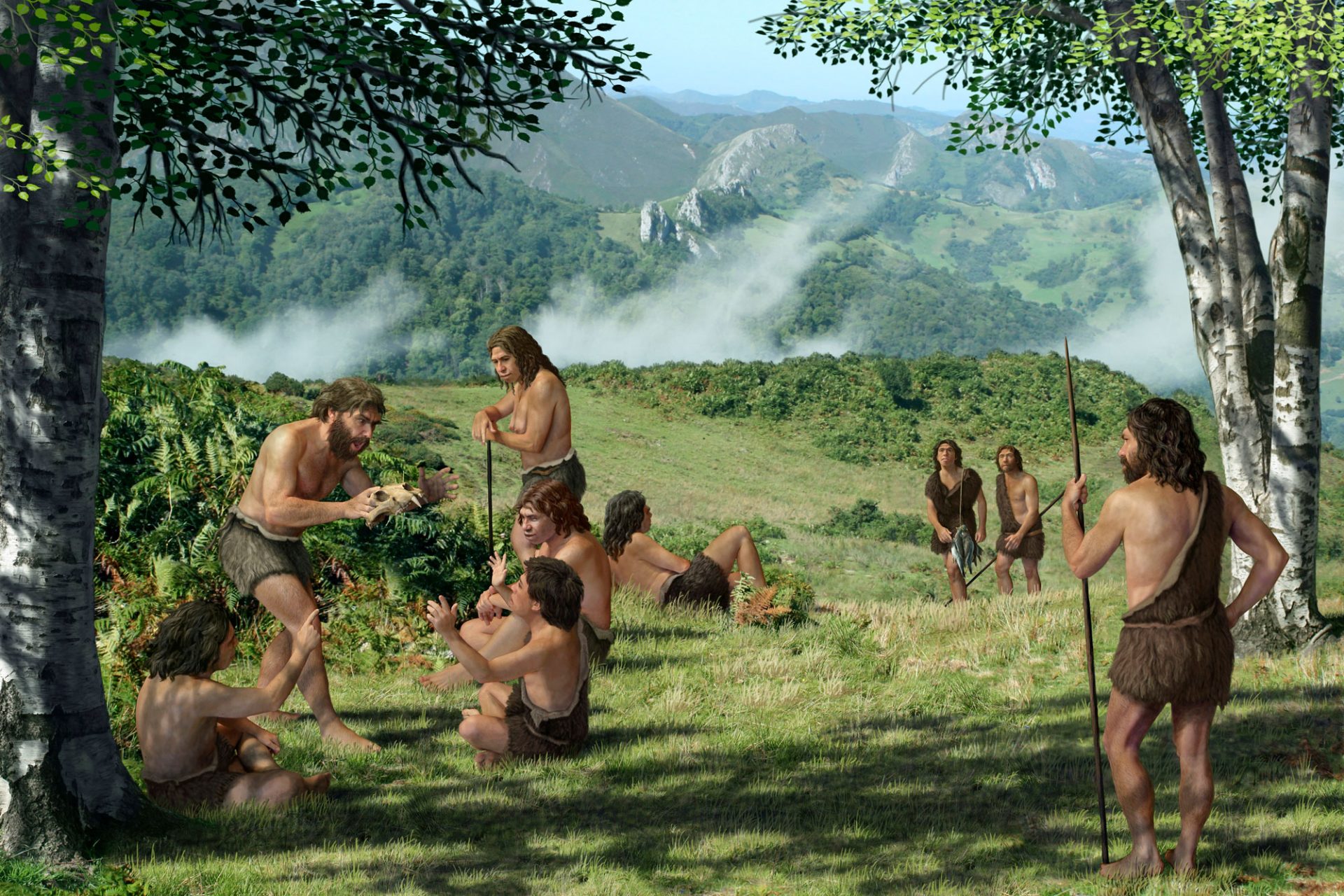
Neandertalere i et grønt og frodig landskap
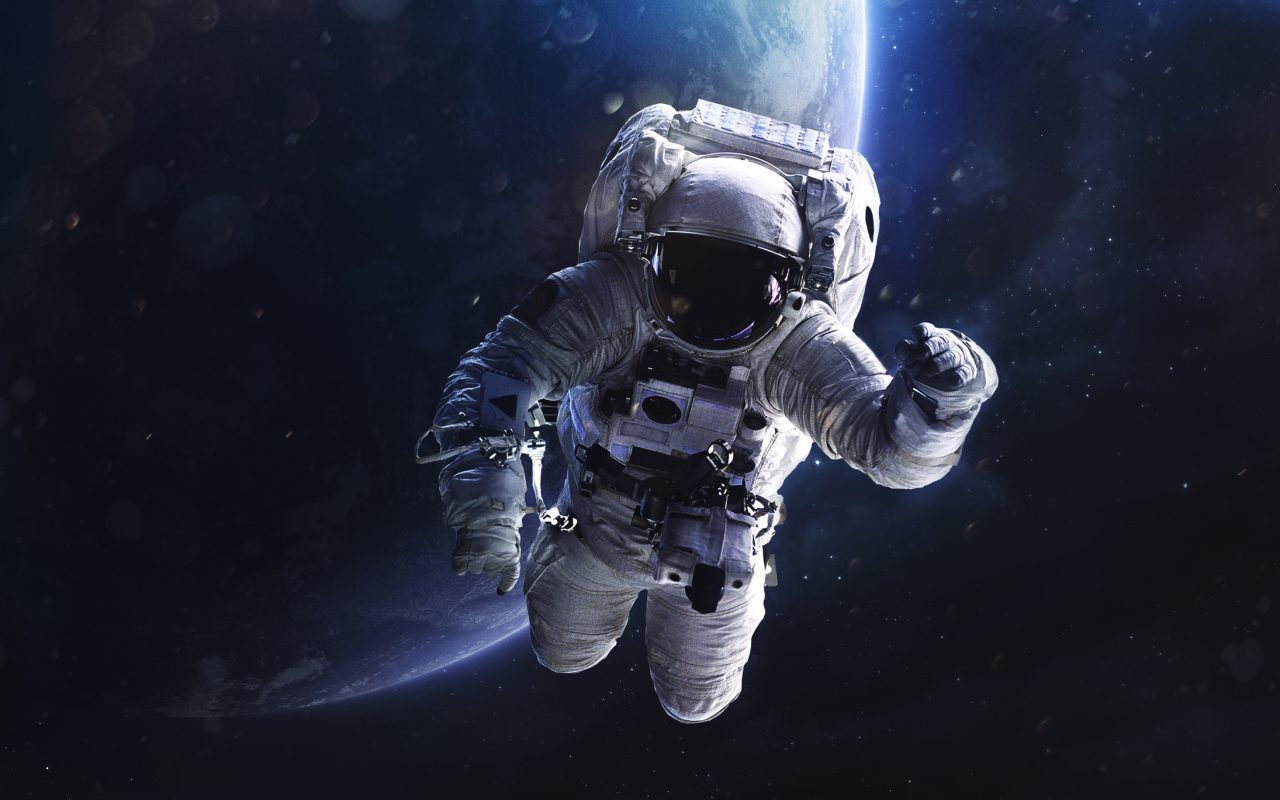
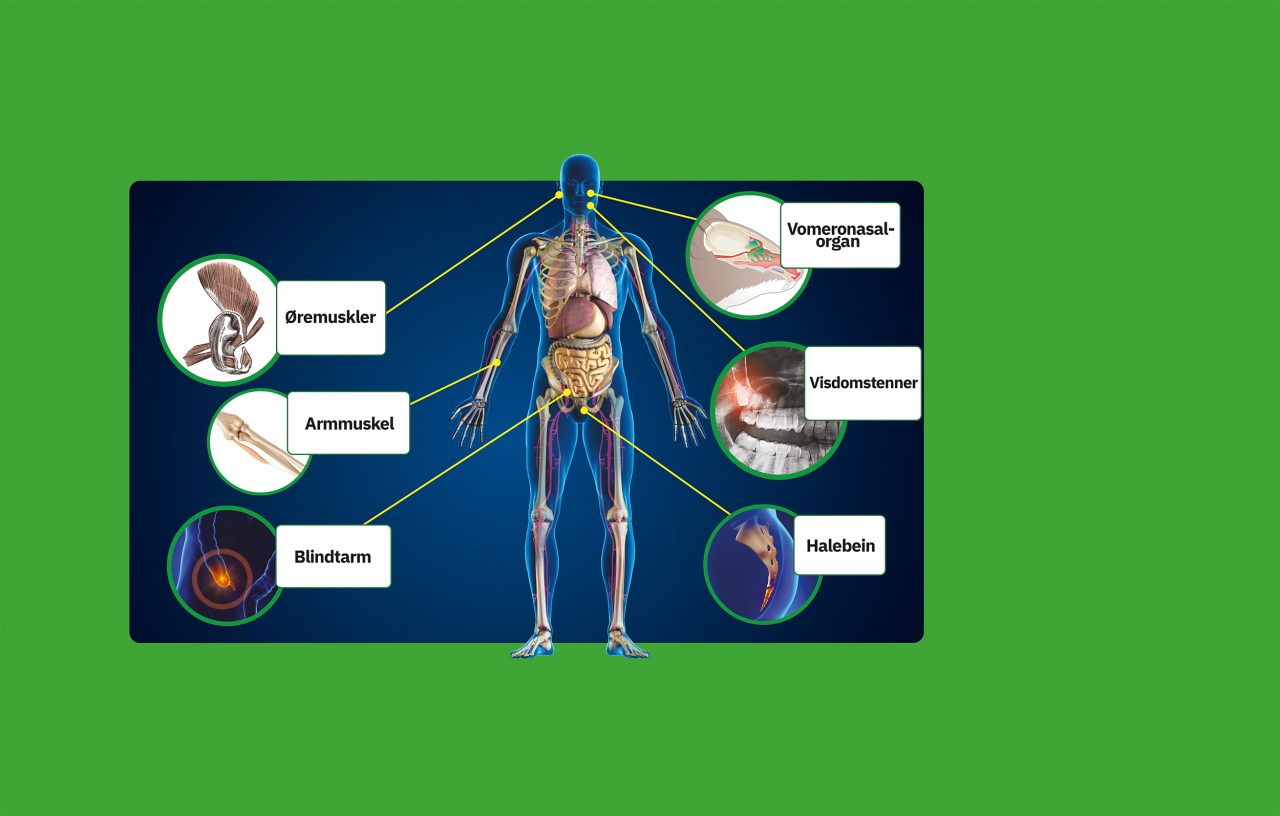
Vrakgods fra evolusjonen, en illustrasjon av hva Kroppen vår har spor av tidligere egenskaper vi ikke trenger lenger
Sources:
- Historien om mennesket junior (2020)
Orage Forlag AS
Media rights:
-
-
Getty Images
-
Getty Images
-
Getty Images
-
Getty Images
-
Getty Images
-
Getty Images
-
Getty Images
-
Getty Images
-
Getty Images
-


